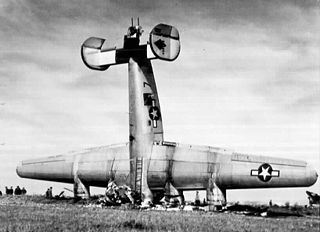Aviator memorial

There are aviator memorials as a reminder of flight accidents or crashes , but also as symbols for nearby flight schools or flight centers. These monuments often stand on peaks or prominent rock steps. A common emblem is the eagle .
In aviator language
Fliegerdenkmal is also a euphemism from the aviation language and describes an aircraft that had an accident while taking off or (more often) landing and did a "headstand".


Causes can be:
- Pilot error
- an uneven runway
- technical failure, e.g. B. Locking the wheels
- Gusts of wind or the propeller jet of other aircraft, especially light aircraft
The earlier common aircraft with tailwheels were particularly susceptible to this type of accident, as the main landing gear in front was touched down first and if it got stuck on the ground the aircraft would tip forward. Today's airplanes usually have a nose wheel so that if the main landing gear gets stuck, they only tip onto the nose wheel. Even if the nose landing gear breaks, such aircraft lean forward, but due to the main landing gear being further back, there is rarely a pronounced "headstand" (however, it is not precisely defined from which inclination can be referred to as an aviator memorial ) . In addition, most aircraft today use well-developed runways without major bumps, which further reduces the risk of accidents.